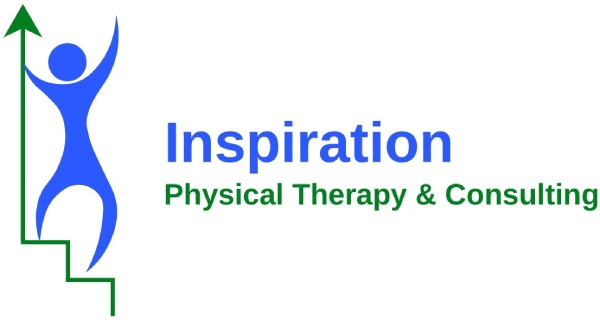Ergonomic setups (including home office)
Ergonomic assessments look at how your body, position and posture at your home office or work office may be affecting your pain, daily life and function. This can help prevent issues from returning after discharge and may help pain go away faster. It is important for your PT to be able to identify the root cause of what is causing you pain and often your positioning during the door affects this.
Ergonomic assessment can be completed for your office environment, home office or for your daily activities. Ergonomics looks at the design of your environment including desk set ups, counter height and space, and how your own body and posture work in those positions and whether they are comfortable and give you the support you need.
The goals of ergonomic assessments are to decrease strain and fatigue on your muscles and body, to improve productivity, efficiency and effectiveness and to decrease the risk of developing or worsening muscle or joint pain. A good ergonomic set up can help you to be successful at your job or home activities.
What does an ergonomic assessment look at?
Most ergonomic assessments are for an office setting, although they can also be for laundry, cooking, washing dishes and more. For the office setting, your PT will look at your desk height and position, your monitor or laptop positioning, your keyboard and mouse positioning, lighting, your chair height and positioning. Most importantly, your PT will look at you sitting or standing as you normally complete your work activities. Every person is different and may benefit from a different set up.
How can I help?
If there is a specific position or task that seems to bring on physical discomfort such as sitting in a zoom meeting for a prolonged period of time, let your PT know. If you notice that your posture tends to slouch more when you are trying to meet a deadline or when you get tired, let your PT know. You may benefit from positional changes throughout your day to decrease the strains on the same muscles over time.
Does the PT supply the new equipment?
No, the PT will write up a report outlining his/her recommendations and equipment height/ sizes and will discuss their findings with you or with your supervisor, as appropriate, Once you or your company have secured the new equipment or modified the current equipment, you may benefit from another ergonomic assessment to assess you in your new workspace and determine if additional adjustments may be beneficial.
What is the benefit of an ergonomic assessment?
If you are starting to have areas of soreness, pain, tightness or discomfort, an ergonomic assessment may help to prevent those areas from becoming full injuries. Having a good workspace set up also sets you up for success to help prevent any of these areas from developing. Your PT may also recommend PT for any injuries that have already started including but not limited to neck pain, back pain, and carpal tunnel syndrome.
I work at a warehouse, not a desk. Do I need an ergonomic assessment?
Ergonomic assessments can also include making sure the warehouse is set up in a way that you can complete your job safely. In this case, your PT would look for equipment to assist with heavy lifting and/or the protocol for when to use a team lift. Your PT may assess and recommend having a training on lifting safety and mechanics and potential support equipment such as wrist rests, lumbar braces etc.
Physical Therapy and the workplace
Physical Therapist are also trained in movement analysis and can help with posture, and exercise programs for areas that get tighter in most work environments. Taking regular breaks, changing positions and completing stretches throughout the day can help prevent potential injuries and pain.

